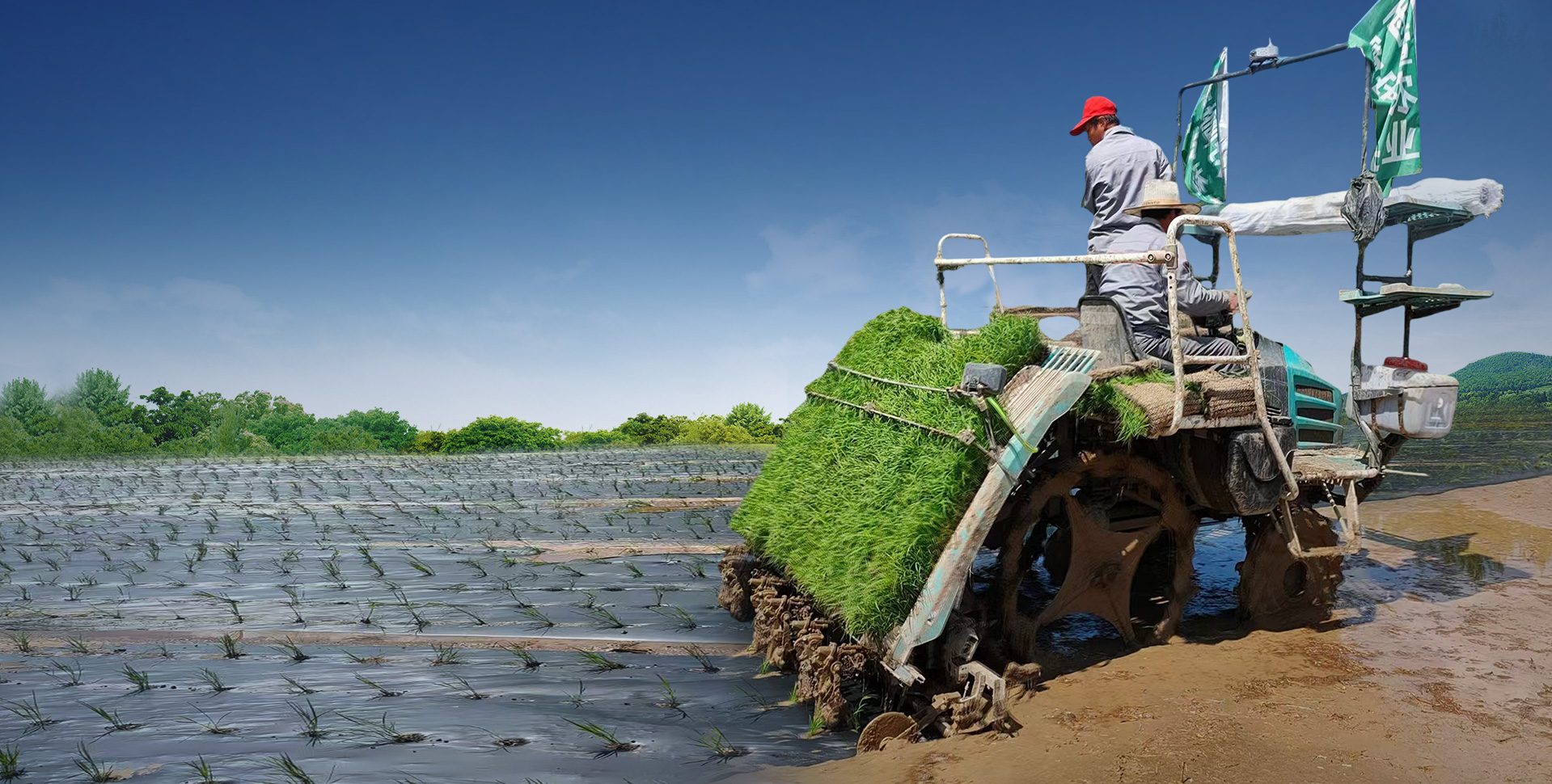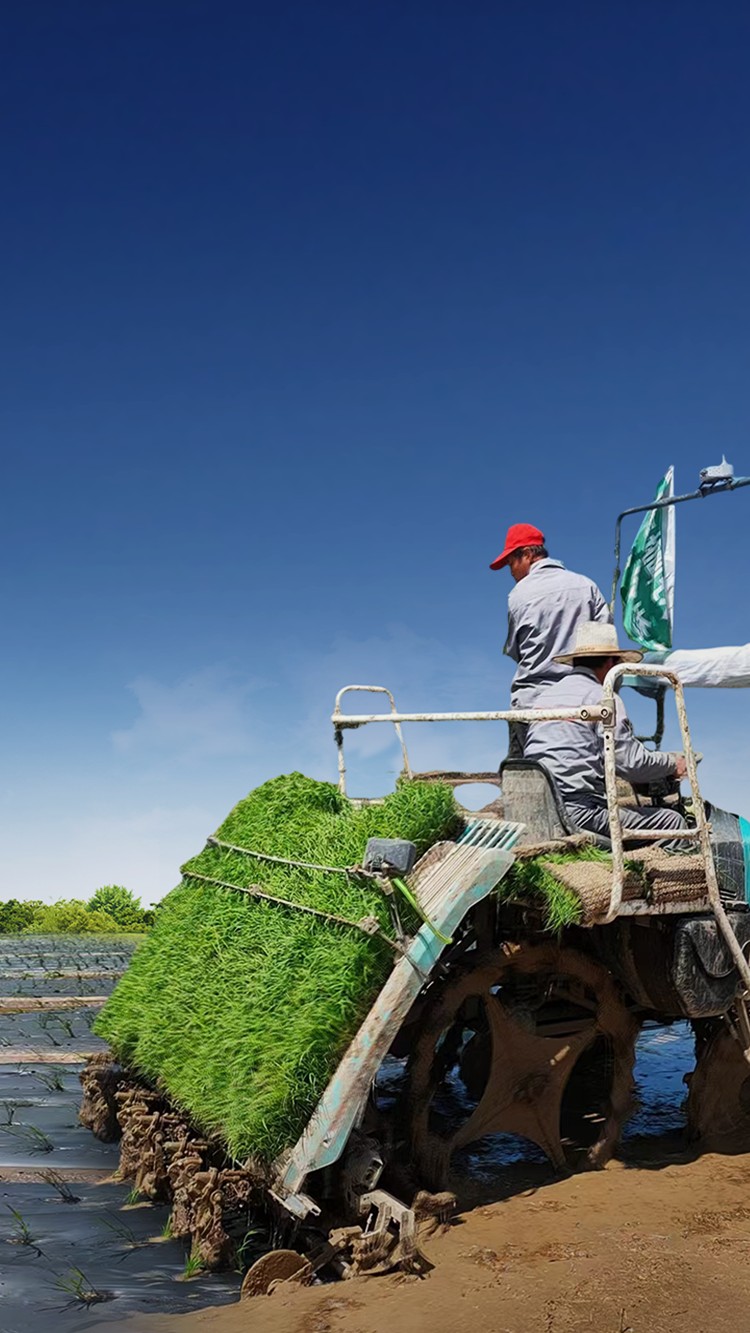Mulching Cultivation Technique, No Herbicides Used Throughout the Entire Process
The mulching technique utilizes fully biodegradable film independently developed by Rui'an Group. Through a direct seeding method synchronized with seedling growth, this approach ensures that no herbicides are used throughout the rice's entire growth cycle. The mulch film also helps retain soil, preserve nutrients and moisture, and reduce soil salinity. Within 90 to 180 days, the film naturally degrades into nutrients for the soil.
Given the limited arable land resources in China, this mulching technique not only increases grain yield and improves the quality of food supply but also continuously enhances farmers' agricultural returns — making a meaningful contribution to safeguarding national food security.




Yield Increase
Higher yield per mu



Cost Reduction
Reduced pesticide and fertilizer use



Environmentally Friendly
Eco-degradable mulch film



Cost-Effective
Demand for quality consumption



Quality Improvement
High pesticide residue removal
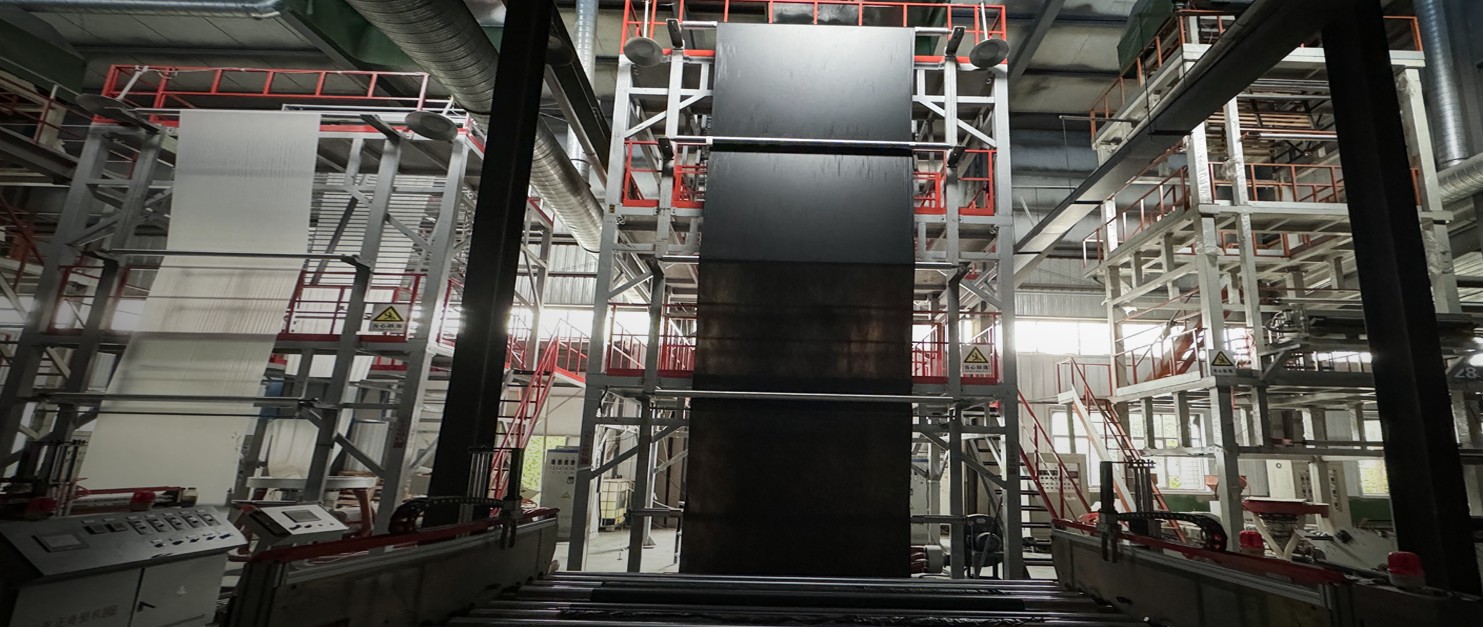
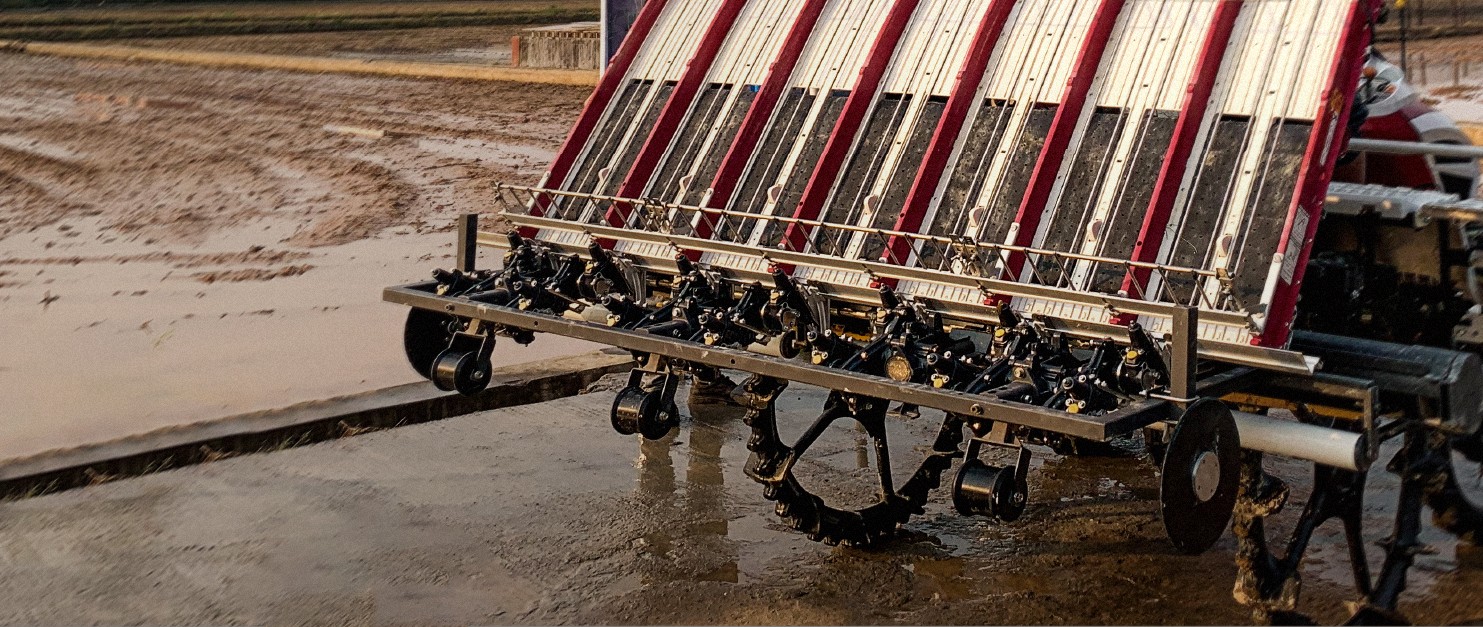
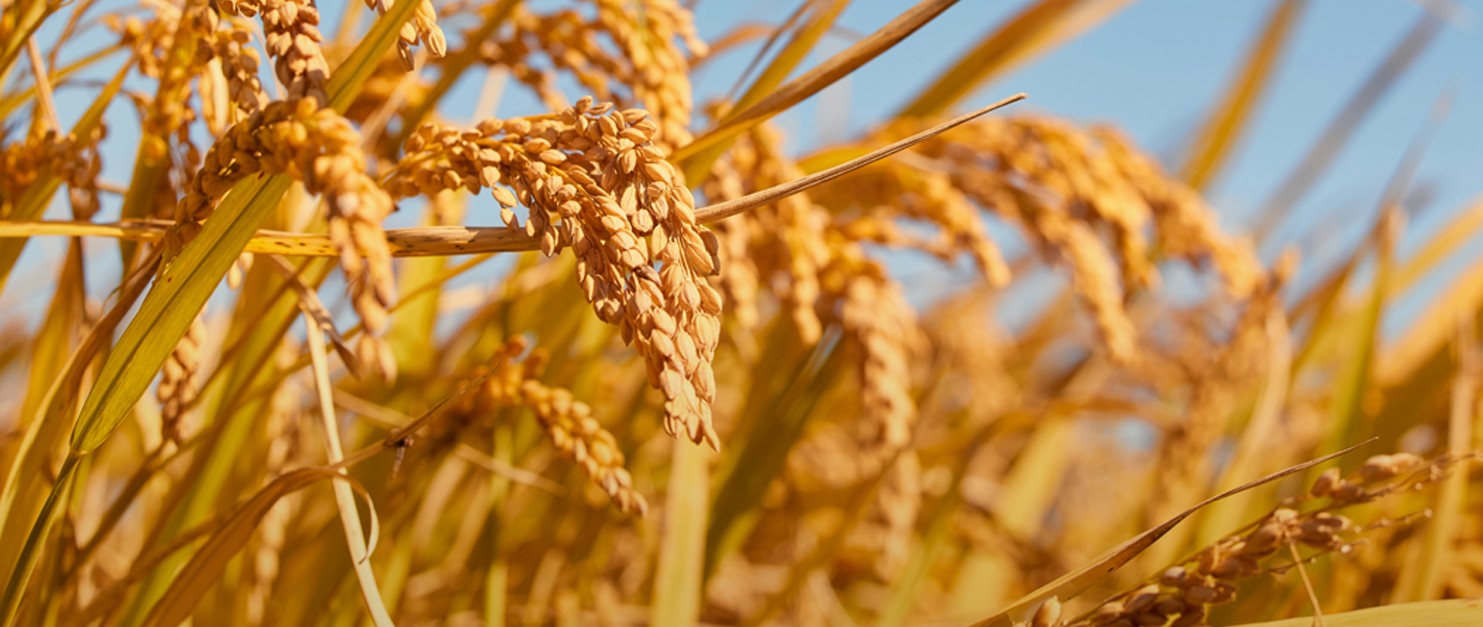
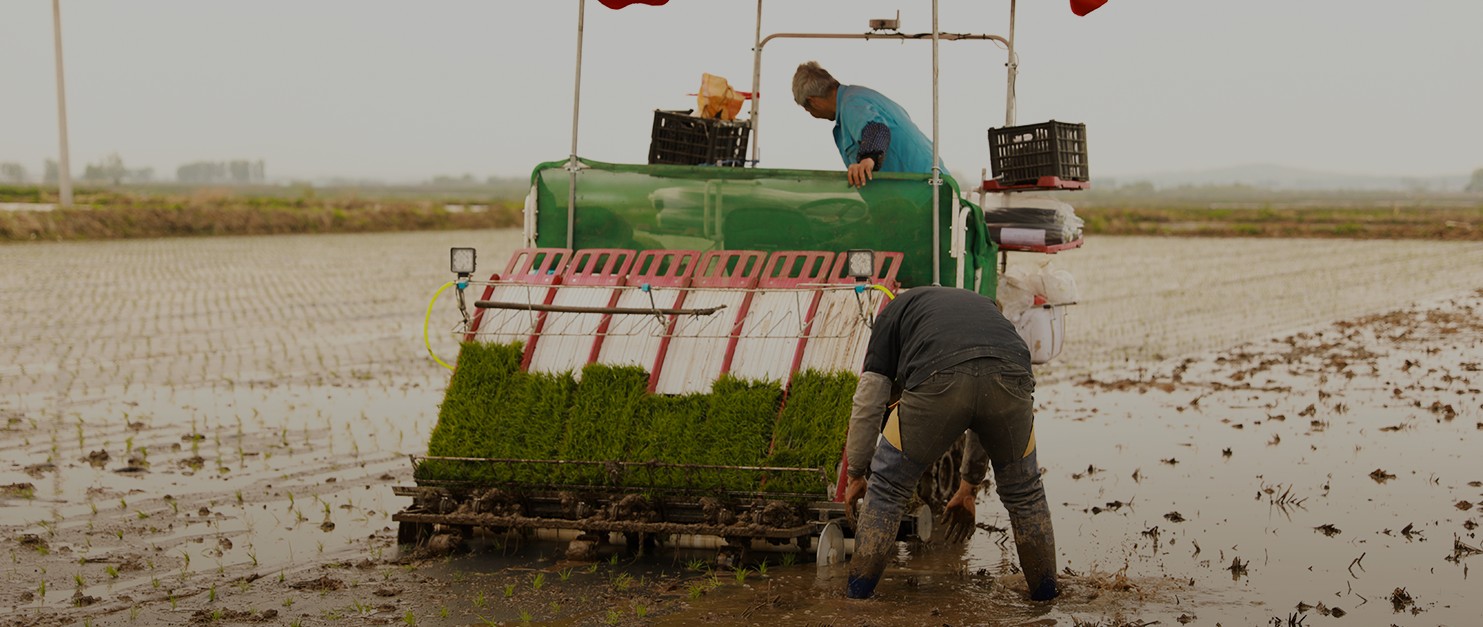

Material Supply



Film Covering
Process
Data of Laminating Machine Insertion
| Project | Plant Height (CM) | Stem Diameter (CM) | Number of Blades | Tiller Number |
|---|---|---|---|---|
| Film Covering |
50.4 | 0.47 | 24.06 | 18.3 |
| Not Covered With Film |
50.6 | 0.42 | 23.3 | 16.6 |
Conclusion
In terms of plant height, there is not much difference between the two. The stems of the film covered plants are significantly thicker, the number of leaves is slightly more, the tillering of the film covered plants is significantly increased, and the ear emergence effect is better.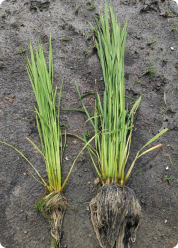
period of rice planted with mulching machines
| Project | Plant Height (CM) | Stem Diameter (CM) | Spike Length (CM) | Grains/Panicle (pcs) | Sterility rate (%) | Thousand grain weight (g) | Yield per mu (kg) |
|---|---|---|---|---|---|---|---|
| Film Covering |
90.4 | 0.73 | 19.5 | 176 | 10.9 | 24.06 | 642 |
| Not Covered With Film |
89.2 | 0.69 | 17.6 | 148 | 19.1 | 23.3 | 485 |
Conclusion
Membrane transplanting of rice has significantly improved yield per mu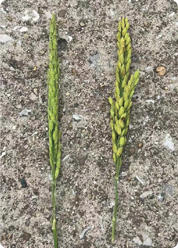
Use for Planting Modes
| Table of Water Use in Rice Fields | |||
|---|---|---|---|
| Conventional Cultivation | Mulching Cultivation | ||
| Water Stage | Water Consumption Per Mu/m3 | Water Stage | Water Consumption Per Mu/m3 |
| Soaking and Land Preparation | 99.5 | Soaking and Land Preparation | 99.5 |
| Evaporation During the Sedimentation Period of 15-20 Days |
34 | Evaporation During the Sedimentation Period of 15-20 Days |
34 |
| Protecting Seedlings With Water After Transplanting |
33 | Protecting Seedlings With Water After Transplanting |
15.7 |
| Secondary Closure Weed Control | 47.3 | Secondary Closure Weed Control | 0 |
| Moisturize Once During The Medication Period |
32.6 | Moisturize Once During The Medication Period |
20.3 |
| Secondary Watering During Tillering Stage |
34 | Secondary Watering During Tillering Stage |
0 |
| Drying Period | 0 | Drying Period | 0 |
| Applying Sugar Fertilizer to Replenish Water |
27 | Applying Sugar Fertilizer to Replenish Water |
0 |
| Moisturizing During The Critical Period of Booting |
23 | Moisturizing During The Critical Period of Booting |
23 |
| After Filling The Ears Replenish Water |
0 | After Filling The Ears Replenish Water |
0 |
| Total | 330.4 | Total | 192.5 |
| Water Saving Amount | 137.9 | ||
Degradation
Cycle
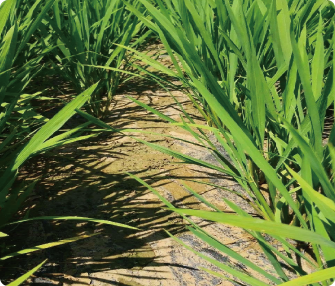
Cracks Appear

Almost Fully Degraded
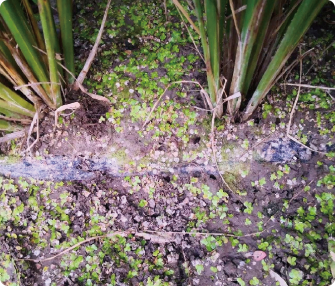
Advantages of Mulching

Eco-friendly Weed Suppression
Eco-friendly Weed Suppression
Weed suppression rate reaches 98%, with 100% no herbicide usage.


Moisture retention and water conservation
Moisture retention and water conservation
Average water savings exceeds 40%


Increase temperature and promote growth
Increase temperature and promote growth
The effective tillering rate of rice seedlings can be increased to approximately 72%.


Reduce fertilizer use and lower costs
Reduce fertilizer use and lower costs
Chemical fertilizer use reduced by over 20%; other pesticide use reduced by over 30%.


Increase production and income
Increase production and income
Organic rice yield increased by approximately 50%, while conventional rice yield increased by about 20%.

Practical Case
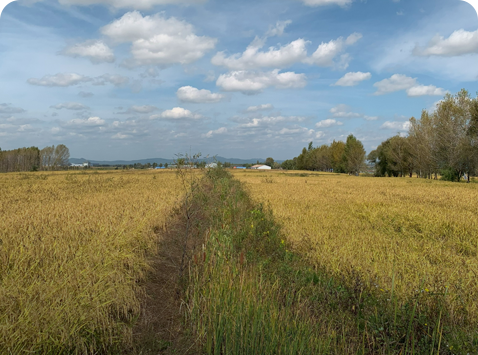
Practical case of mulching rice in Lexiang, a resident of the five permanent residents of Bayi Agricultural University
70% of the crops showed good growth, with a yield increase of 40%
70% of the crops showed good growth, with a yield increase of 40%
10% showed poor growth, with a yield increase of 6.4%.
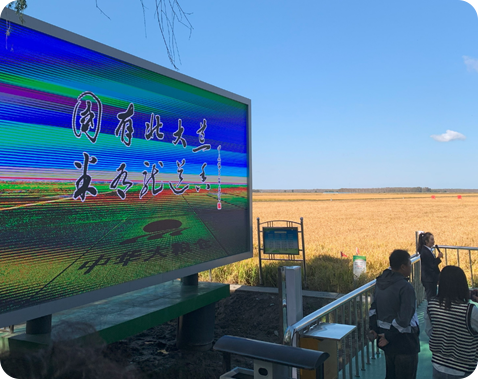
Practical case of mulching rice in Lexiang, a resident of the five permanent residents of Bayi Agricultural University
70% of the crops showed good growth, with a yield increase of 40%
70% of the crops showed good growth, with a yield increase of 40%
10% showed poor growth, with a yield increase of 6.4%.
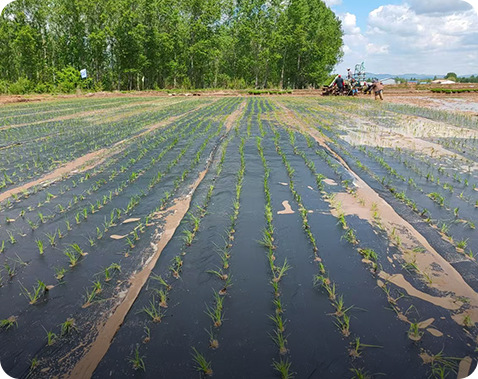
Case study of mulching rice in Fengcheng Town, Fengxian District, Shanghai
70% of the crops showed good growth, with a yield increase of 40%
70% of the crops showed good growth, with a yield increase of 40%
10% showed poor growth, with a yield increase of 6.4%.

TOP




